The late 1960s brought an anything-goes approach to art and popular culture. Creative concepts that would have seemed ludicrous even a year or two earlier were now given serious consideration. That meant that recording artists could explore some of their most ambitious—and often resolutely noncommercial—ideas, and those projects could actually see the light of day.
One such project was Rainbow, the debut album from Robert Callender. Just a few years before, he was R&B/pop singer Bobby Callender, cutting songs like "Little Star," a regional hit single on Morris Levy's Roulette Records. But by 1968, the singer-poet-musician had set his sights much higher. With its fusion of jazz, psychedelia, spoken word, and exotic Eastern textures, Rainbow would be the beginning of a creatively fertile path for Callender. Though the album met with little commercial success, its legacy has endured.
And while Callender himself seemed to have disappeared from the music scene, he continued to work. A few years ago, he brought the second of his three albums to the concert stage for the first time. That event led to an association with archivist, author, and hardcore music collector (and The Tonearm contributor) Chaim O'Brien-Blumenthal. Now, Think Like a Key Music has released a CD and DVD of Rainbow: The Anniversary Concert, a special 2023 performance of Rainbow. That project looks to be the start of a late-stage renaissance in the career of Robert Callender.
O'Brien-Blumenthal's connection with Callender began with a feature written for Shindig! magazine. That eventually led to O'Brien-Blumenthal co-producing Rainbow: The Anniversary Concert. He also authored the release's liner notes. O'Brien-Blumenthal spoke with me to provide background and context on the whole project, how it came about, and where it's headed.

Bill Kopp: When did you first discover Robert Callender and Rainbow?
Chaim O'Brien-Blumenthal: I'm a major record collector, and I imagine I came across the album in a record shop somewhere. Possibly, I had read about it in a vintage trade magazine or a review. It's one of those records that the minute you see the cover, you're like, "What is this?" I'm the kind of guy who looks at a record and makes connections: who produced it, and who's credited. And I was like, "Okay, now I'm even more intrigued." And then when you hear it, you realize, "This doesn't sound like anything else, even from that era." It's totally in a sphere by itself.
That was the tough part when we were trying to promote this. I hate making comparisons, but I was like, "Over the years, people have compared him to Scott Walker." But really, nothing sounds like it. Rainbow is the first of his albums, but each is unique.
Funny enough, I was more familiar early on with his singles. He had a pretty big hit on the East Coast in the early '60s with a song called "Little Star." So that 45 you'd see all around. And then I found some of his other singles, which were another challenge because they're on small labels. Granted, they don't sound anything like Rainbow. But he was writing his own songs, and there's kind of a germ there, the beginning of something.
Bill: One of your goals with the Shindig! feature was to try to correct some misconceptions about Callender. What were the primary misconceptions?
Chaim: There was a producer of, I believe it was, his third album. A gentleman who owned a studio in New England, where Robert recorded in the '70s. He wrote up this whole piece online, and it's really fascinating to read. He talks about this caravan of people coming to a studio, dropping rose petals behind Robert everywhere he walked. He had this entourage with him, and he only spoke in French; he refused to speak in English to anybody. So that was what most people knew about Robert.
And then at the end of the piece, the producer basically says, "Robert said, 'This is just a thing I'm doing; I'm cashing in on the trends.'" But people have agendas. They were more industry players, coming from an older generation, before the sixties rock explosion happened and psychedelia came in. They were coming from a perspective where they were basically all business. So there was a lot of this misconception, plus the fact that nobody really knew anything about him. And it wasn't the kind of thing where you could refer to an interview with another artist who could say, "I hung out with him." There was nothing to base it on. There was just that one piece online, and that was it. These rumors spread, and then they became ‘truth,’ unfortunately.
Robert's a lovely guy who is very dedicated to his art and to his music. And he's very motivated to put his music and his thoughts out there. Chatting with him that first time for Shindig!, any myths I’d heard were debunked right away. It was an absolute pleasure and enlightening to hear his stories. And for the record, he did not insist or require that I speak French to him!
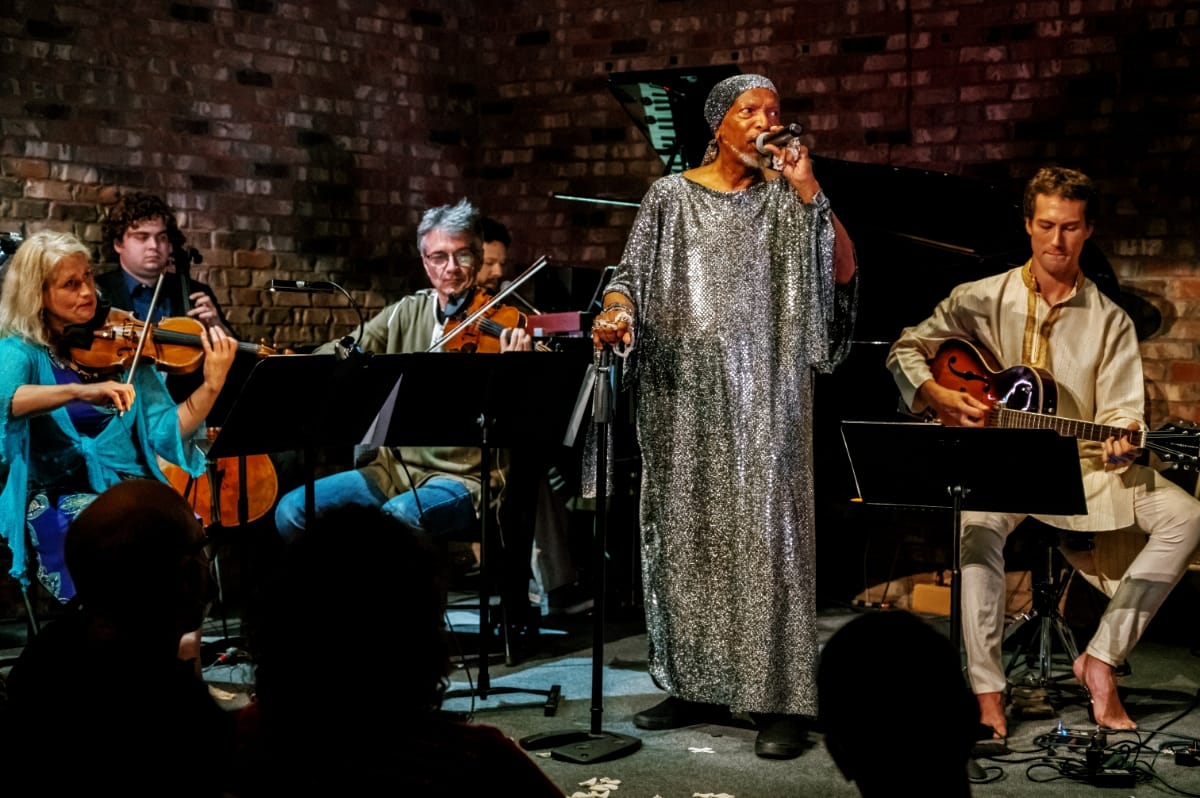
Bill: Tell me about your role in bringing the anniversary concert to release.
Chaim: I didn't actually bring it to the stage; that was the venue, Timucua. With the second album's anniversary coming up, they had suggested it to Robert. And then they did the first. Now they've done all three albums.
When they were planning the Rainbow show, they had a live stream option, so I could watch it from home. And I told friends who were really fans of the album, "You should tune into this." I watched it and thought, "This is amazing! Not only is he performing an album he has never played on stage, but he's managed to transcend it into something new." He re-imagined it in a way, and it became a new album because he's collaborating with these super-talented musicians: the band Golden Flower, a string quartet, a tabla player, a sitarist, a flautist.
The venue has these paintings on the wall. And if you watch the DVD, you see them; they're really fascinating. They give it this really interesting element that wasn't planned. It's just another reason that the whole setting worked. And that really brought home to me that this needed to be an album. The idea came to me while I was watching the concert. Taking the performance in, I was absolutely mesmerized by what I was witnessing. Afterwards, that's what I pitched to Robert, and very graciously, he was on board.
Bill: For first-time listeners who are intrigued, should they listen to the 1968 album before they listen to the concert? Or is that not necessary?
Chaim: You can't compare the two, because obviously the musicians on the original make it a totally different thing. I think the live album is a great place to start, because it's much more accessible; good luck finding an original copy of the '68 album unless you go on eBay.
The live album manages to transcend time. It doesn't sound current, but it also doesn't sound dated in any sense. In reviews of the original album, there were people who didn't get it. There are always jaded reviewers; people are snarky: "Oh, it's typical highfalutin '60s psychedelic." But that totally falls away with the live album; it sounds so good, and the musicians gel. I say: start with the live album, and then if you want to, track down the original.

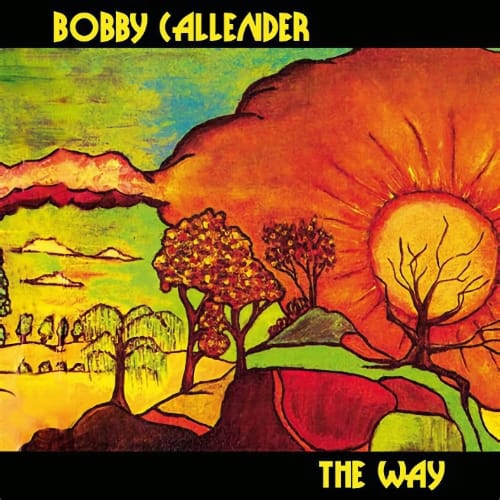
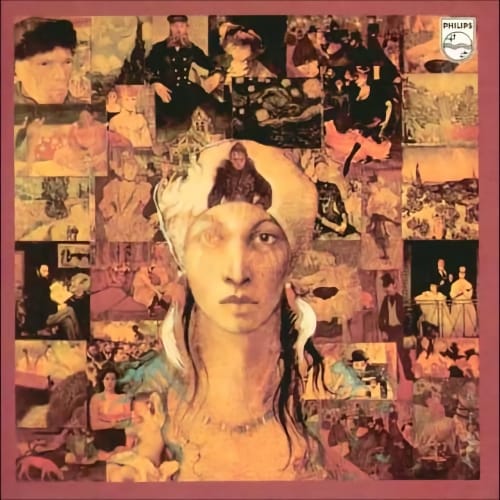
Rainbow (1968), The Way (First Book Of Experiences) (1972), Le Musée De L'Impressionnisme (1972)
Bill: The original Rainbow was a synthesis of East and West at a time when a number of artists tried that sort of thing, but not many of them succeeded. What do you think makes Robert Callender's original Rainbow album special?
Chaim: I think it's a combination of Robert's lyrics—you could say they're tone poems, poetry set to music—and the musicians he worked with. Most of the guys playing on that album were young, and in many cases, they were coming from jazz. As Robert said, they were also studio guys, playing on Aretha Franklin's records. But they didn't come in saying, "Let's copy the stuff that we did on those records." It was more like, "What do you want to do?"
Robert was working as the programmer for [famed radio DJ] Murray the K, and he got to hear every record that was coming out before it came out. Brian Epstein stopped by Murray the K's studio and dropped off an advance copy of Sgt. Pepper. Robert was also part of the downtown scene, although he's very modest about it. He talks about going to Ondine's, hanging out with the Warhol crowd. And that all went in there.
And this is something very interesting about Rainbow: he's right there at the point where radio is changing. '67, '68 is right at the beginning of FM, where all of a sudden you could play a whole side of an album. You could do the stuff that would have been impossible a year before. So I look at all those influences: getting exposed to Ravi Shankar early on, getting exposed to these different elements that were in New York City, that kind of zeitgeist of everything happening.
Bill: With Rainbow: The Anniversary Concert now out on CD and DVD, what's next for Robert Callender?
Chaim: Being that it's such a great stage show, I'm working on him to perhaps tour next year. I want to bring him back to New York City to play, because he has not performed there in many years. And I really want to bring him to Europe, because I feel he has an audience there.
Younger people have more of an interest in different types of sounds, too; there's more openness. And this has helped him in terms of his records being sampled by DJs. Hip hop heads know his records; DJs know his records. There are more and more young people getting into psychedelia, progressive rock, and jazz fusion. I think he fits into all that, where it's not one strict genre; it's very fluid.
It's about an arc that we can build on, doing an album every two years or whatever. We can reintroduce him to the audience that he deserves. Robert's still working on new songs and new projects; he's always creating. I look at it as a long-term partnership.
Check out more like this:
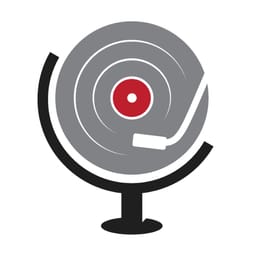 The TonearmBill Kopp
The TonearmBill Kopp
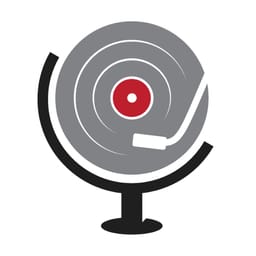 The TonearmChaim O’Brien-Blumenthal
The TonearmChaim O’Brien-Blumenthal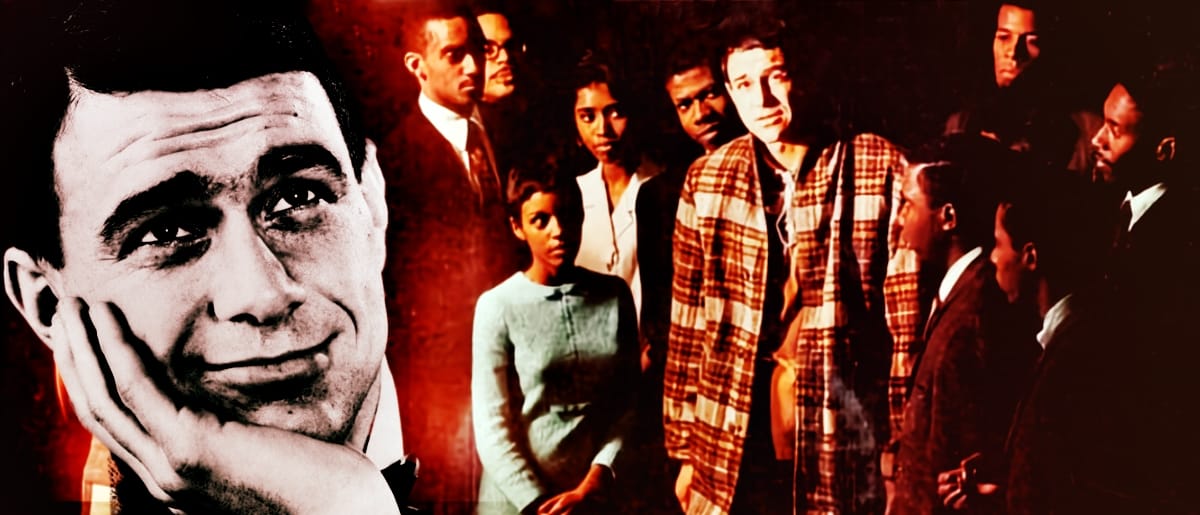



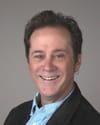
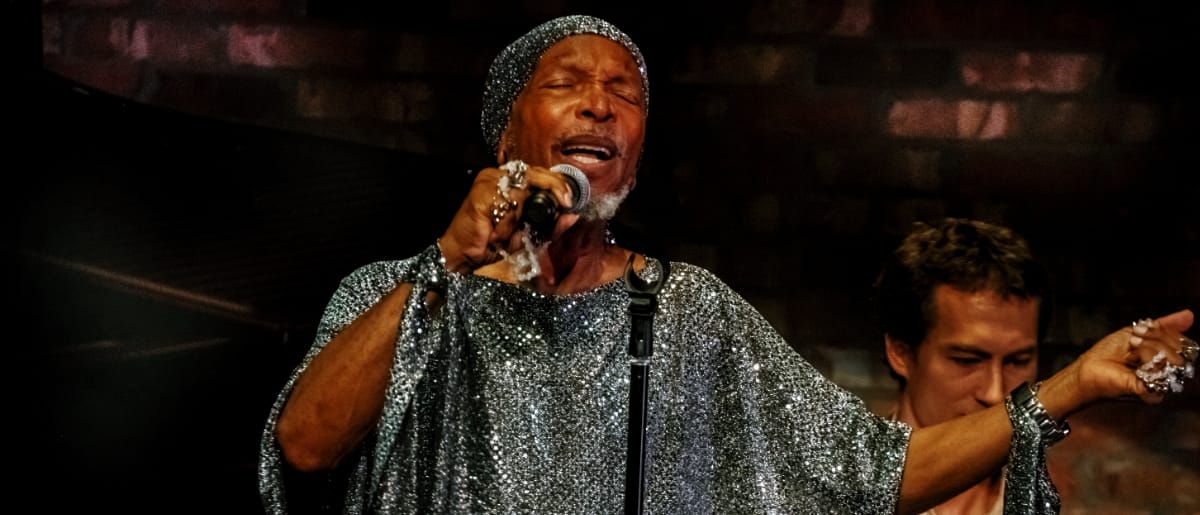
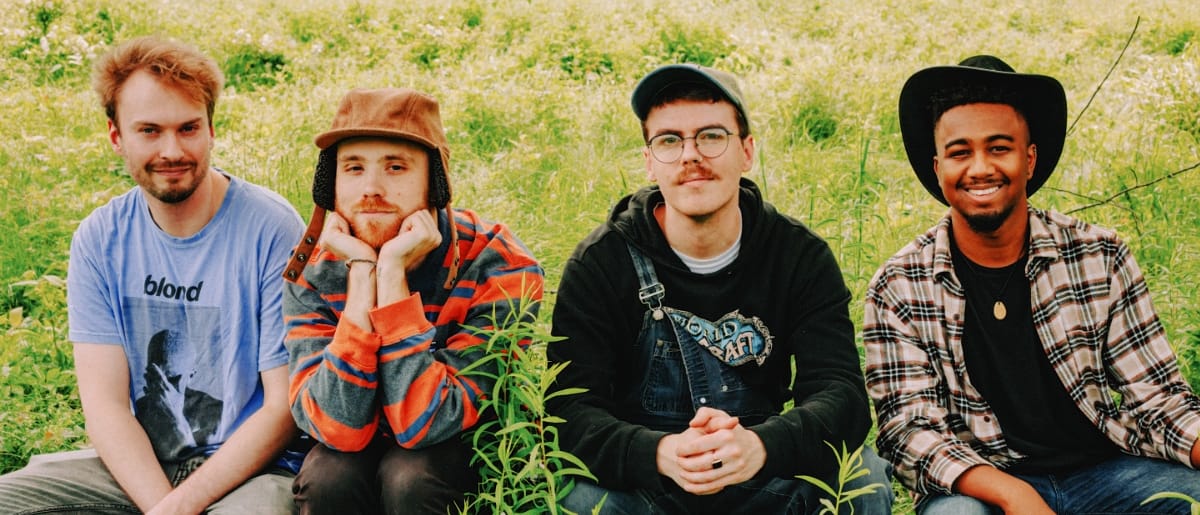
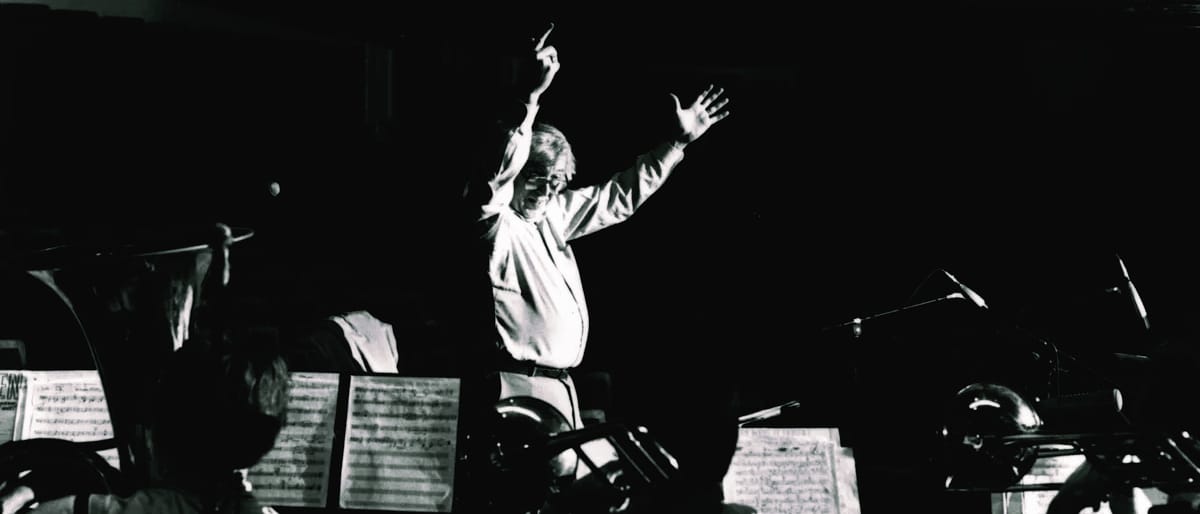
Comments